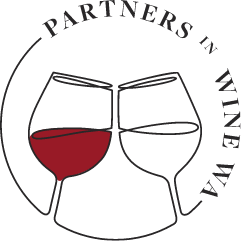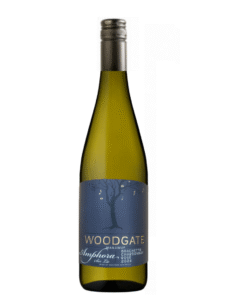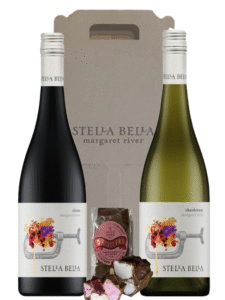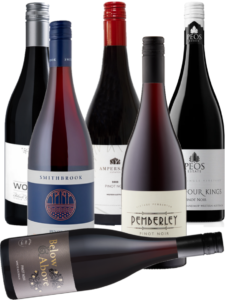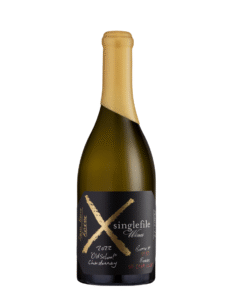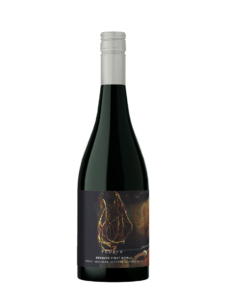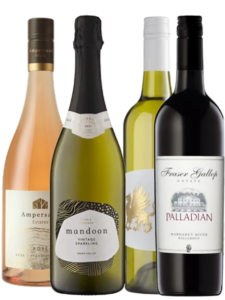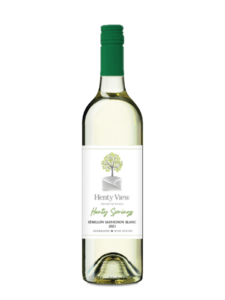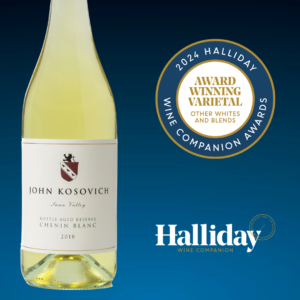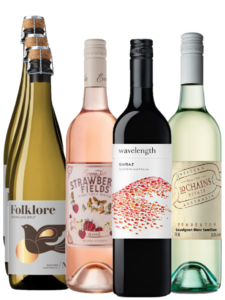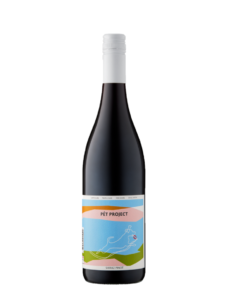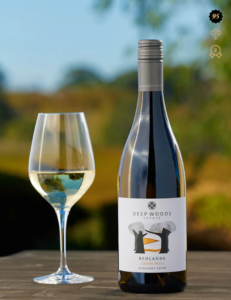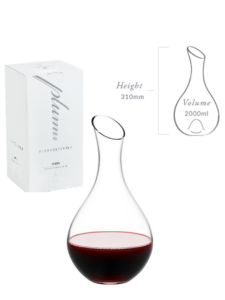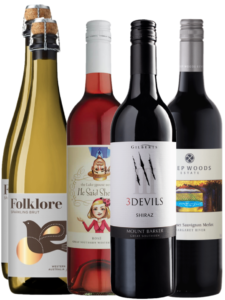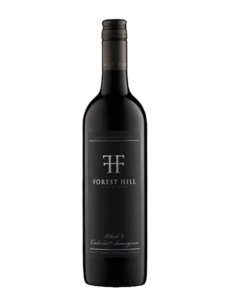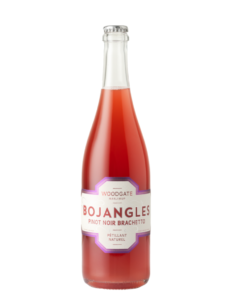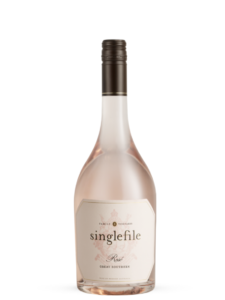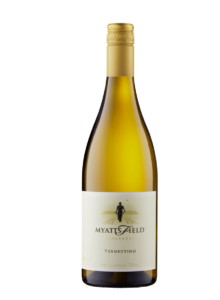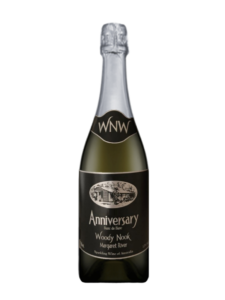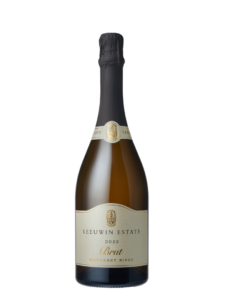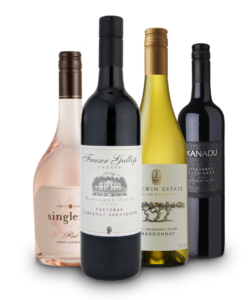Every WA Wine Lover Should Know These
🍷 1. Cabernet Sauvignon
Is a Love Child — and One Parent Is White
Yes, it’s true — Cabernet Sauvignon, the king of red grapes in Margaret River, is the result of a natural crossing between Cabernet Franc and Sauvignon Blanc.
It likely happened in 17th-century France, and thanks to DNA analysis in the ’90s, we now know the white grape Sauvignon Blanc played a role. So next time you taste that herbal note in your Cab Sav, you might be picking up on its Sauvignon heritage!
🌿 2. The Gingin Clone
Western Australia’s Secret Weapon
That intense, complex Chardonnay you love from Leeuwin or Vasse Felix? It probably comes from the Gingin clone, a unique vine selection found almost exclusively in WA.
It’s technically a version of the Mendoza clone, but thanks to our terroir and climate, it expresses itself differently here — often with “hen and chicken” bunches (tiny and large berries mixed together), leading to extra concentration and complexity.
🐍 3. Australia Has Phylloxera-Free Vines
But WA Is One of the Only Regions Still Untouched
That’s right — Western Australia remains completely free of phylloxera, the root-destroying louse that devastated Europe’s vineyards in the 1800s.
Most other Australian states have had to graft vines onto resistant rootstocks. But here in WA, especially in Margaret River and the Great Southern, many vineyards still grow on their own roots, giving a pure expression of the grape.
🧬 4. Clones Matter More Than You Think
We’ve all heard of grape varieties like Shiraz or Pinot Noir — but did you know there are many different clones of each? In WA, the Houghton clone (for Cabernet), the Gingin clone (for Chardonnay), and 777 or 115 (for Pinot Noir) all shape how your wine smells, tastes, and ages.
Clones are like “versions” of a grape, each with subtle but important differences. And no — it’s not geeky to care about clones. It’s like knowing which coffee bean or roast you prefer.
☀️ 5. Margaret River Feels French — But Denmark Shares Latitude with Barossa (Seriously!)
Western Australia might be known for sunshine, but Margaret River’s climate is anything but hot and dry. Thanks to its maritime influence — with ocean on three sides — it enjoys cool breezes, mild summers, and cold nights, creating conditions surprisingly similar to Bordeaux in France. That’s why Cabernet Sauvignon and Chardonnay thrive here with elegance, structure, and natural acidity.
But here’s a twist: the Denmark wine region in WA’s Great Southern sits at the same latitude as Barossa Valley in South Australia. Sounds hot, right? But it’s actually one of WA’s coolest-climate regions, thanks to Southern Ocean influence, elevation, and prevailing winds.
While Barossa produces rich Shiraz and big reds, Denmark is known for Pinot Noir, Chardonnay, and aromatic whites — a perfect reminder that latitude isn’t everything, and that ocean proximity dramatically cools things down.
🏺 6. Swan Valley Is the Second Oldest Wine Region in Australia
While Margaret River gets most of the modern-day spotlight, Swan Valley holds a proud and important place in Australian wine history. In fact, it’s the second oldest wine region in the country, after New South Wales’ Hunter Valley.
Grapes have been grown in the Swan Valley since the 1830s, and many of WA’s foundational producers — like Houghton Wines — were born here. Today, it’s home to multi-generational winemaking families, bush-vine Chenin Blanc and Verdelho, and a strong culture of local, small-batch producers keeping the tradition alive just 25 minutes from Perth.
🍇 7. Shiraz Has More Names Than a Secret Agent
Here in WA, we proudly call it Shiraz. But globally, the same grape is known as Syrah, and in places like Spain and South America, it may be blended or even mislabelled under other names.
WA Shiraz, particularly from Frankland River, is gaining global attention for its cool-climate style — spicy, savoury, and elegant, more in line with Northern Rhône Syrah than Barossa blockbuster styles.
🍋 8. Some Grapes in WA Are Older Than They Look
You might think Verdelho or Chenin Blanc are new arrivals to WA, but they’ve been here since the 1800s, thanks to early Swan Valley settlers.
Today, old-vine Chenin and Verdelho are making a quiet comeback, offering vibrant, food-friendly wines with real regional character — especially from Swan Valley’s dry-grown bush vines.
🍾 9. Not All Bubbles Are Made the Same Way
WA sparkling wines are often made using the Traditional Method — the same technique used in Champagne, involving a second fermentation in bottle.
This results in finer bubbles, more brioche notes, and better ageability than cheaper sparkling wines made via bulk fermentation (like Prosecco).
🌱 10. Sustainable and Organic Wine Is Growing — Literally
More WA producers are embracing organic, biodynamic, and regenerative viticulture — not just for environmental reasons, but because healthy vineyards often make more expressive wines.
Look out for labels like Cullen Wines, a pioneer in biodynamic farming, and newer producers around Great Southern and Margaret River that are moving toward low-intervention practices.

